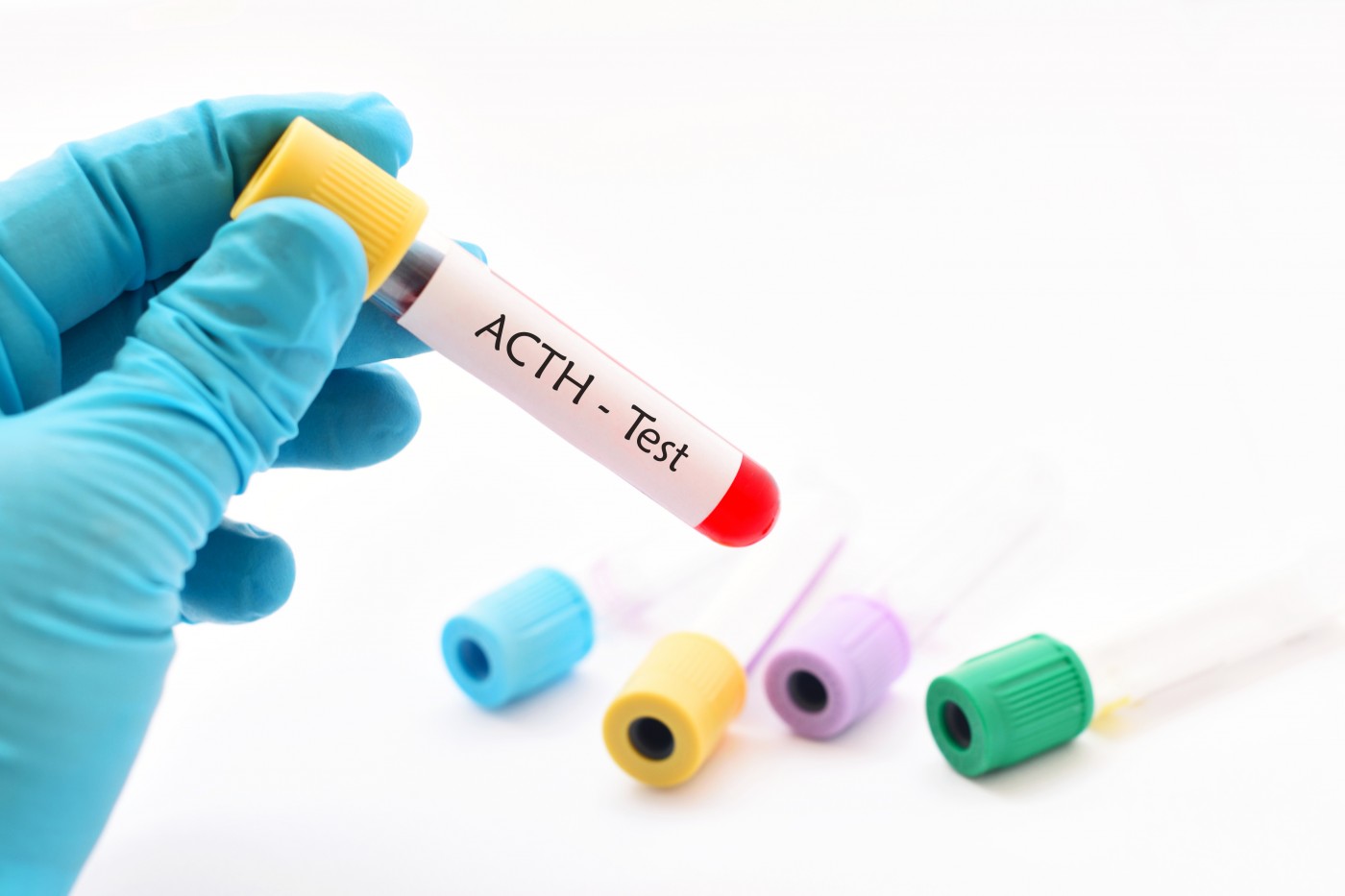Sarcoidosis Emerges After Treatment for Cushing’s Disease in Case Study from Denmark
Written by |

A case report from Aarhus University Hospital in Denmark illustrates how sarcoidosis, suppressed in a person, might emerge after patients are successfully treated for Cushing’s syndrome, a condition caused by long-term exposure to high levels of corticosteroids. The study, “Unmasking sarcoidosis following surgery for Cushing disease,” published in the journal Dermato-Endocrinology, urges physicians to be aware of the risk.
Lengthy exposure to high levels of corticosteroid hormones, either as treatment or through tumors triggering cortisol production, often leads to Cushing’s syndrome, which affect organs as disparate as bones and skin. The ailment is marked by fatigue, brittle skin and bones, and wasting at the extremities (legs and arms) while fat accumulates around the face and belly.
A 45-year-old woman sought care for such symptoms, continually worsening over two years. A test confirmed that she had high levels of a hormone, called ACTH, increasing the production of cortisol, and she was diagnosed with Cushing’s.
Further examinations revealed that she had a tumor in her pituitary gland, triggering the production of ACTH and causing her condition. The tumor was removed to treat the disease, and the woman started recovering.
Three months after surgery, however, she returned with painful red lumps distributed symmetrically on arms, likely caused by an inflammation of fat under the skin. The condition faded gradually over the next two months, without treatment, but it prompted physicians to look more closely into the matter.
X-ray and high-resolution computed tomography (HRCT) of the chest revealed that the lymph nodes situated in the lung hilus, or roots, were enlarged in both lungs — a typical sign of sarcoidosis.
Blood testing showed the woman had increased levels of the inflammatory molecule IL-2 that, together with observations of the red lumps and lung lymph node abnormalities, and a lack of infectious disease, prompted physicians to diagnose sarcoidosis.
Since the emergence of sarcoidosis after the surgery might have been a coincidence, researchers searched scientific literature for similar cases. They found five such cases, as well as numerous descriptions of other immune-related conditions emerging after Cushing’s treatment.
The results suggest that the abrupt removal of the anti-inflammatory and immunosuppressive state induced by the high levels of cortisol might allow sarcoidosis to emerge in individuals likely predisposed to inflammatory diseases.





